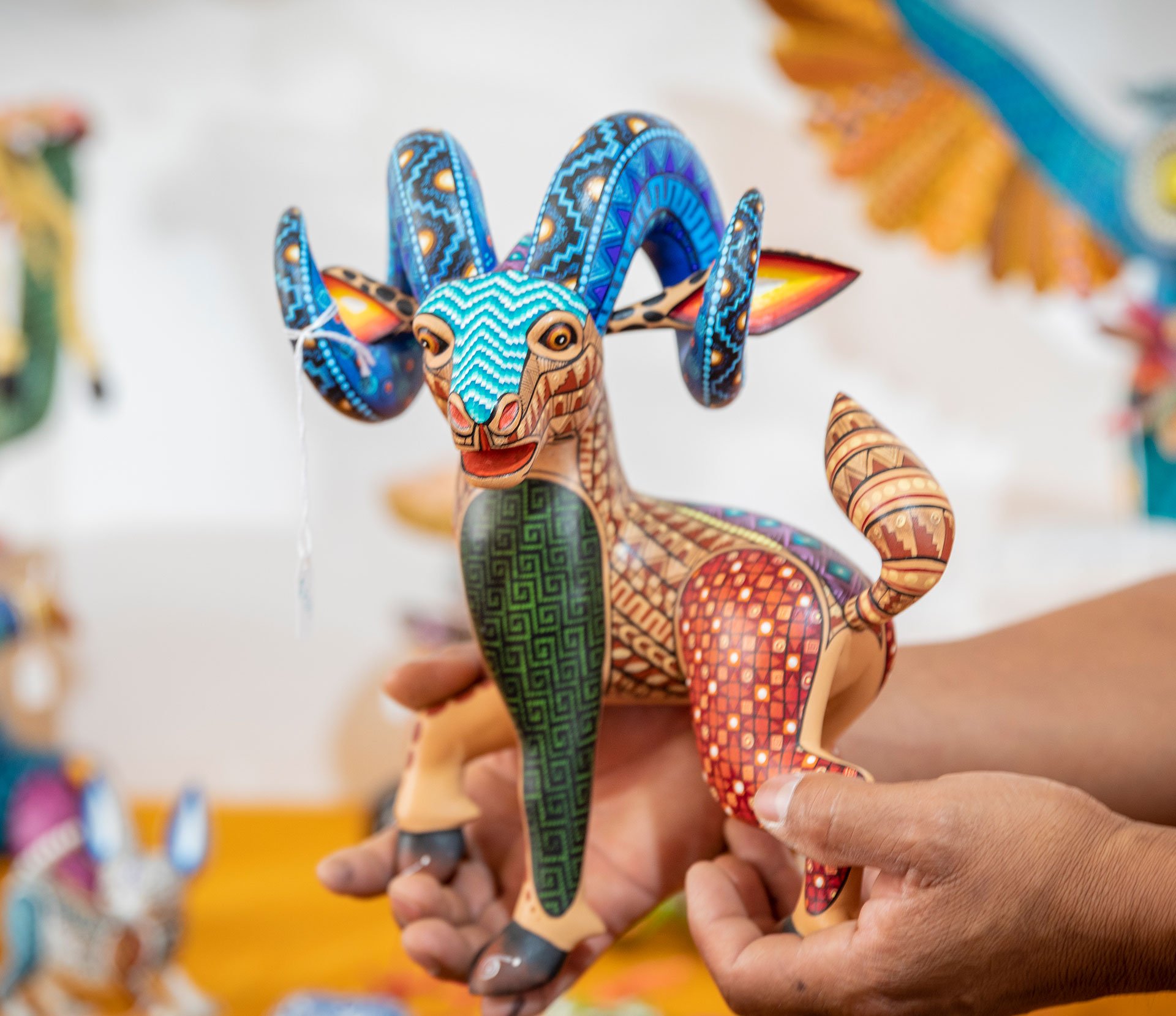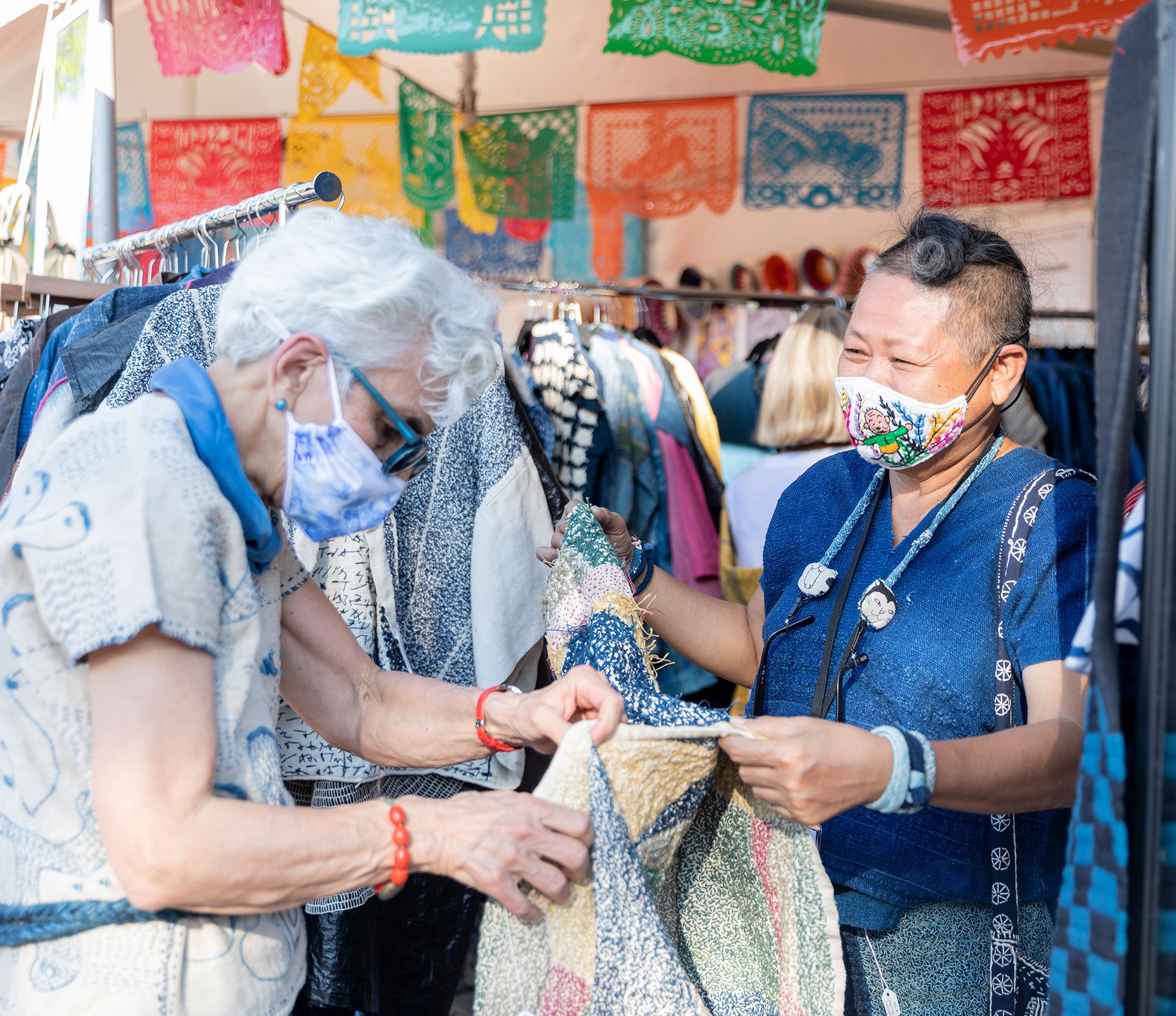
Honoring the Handmade Since 2004
“Imagine a place where cultures from all corners of the globe are celebrated; where folk artists, often marginalized in their communities, are elevated. Where the humanity of the handmade isn’t just discussed but is right in front of you..”
The IFAM Mission
The mission of the International Folk Art Market is to create economic opportunities for and with folk artists worldwide who celebrate and preserve folk art traditions. The International Folk Art Market envisions a world that values the dignity and humanity of the handmade, honors timeless cultural traditions, and supports the work of artisans serving as entrepreneurs and catalysts for positive social change.
Empowering Communities Through Folk Art and Craft Traditions
-
The International Folk Art Market came to fruition in 2004 through the collective visioning of founders Judith Espinar, Thomas Aageson, Charlene Cerny, and Charmay Allred.
IFAM’s inaugural Market hosted 60 artists, now it hosts an average of 150 artists from over 60 different countries, making it the world’s largest folk art market of its kind.
-
Imagine a place where cultures from all corners of the globe are celebrated; where folk artists are elevated. A place where the humanity of the handmade is apparent in the colors, symbols, traditions, and dialects of master artists and their work. The International Folk Art Market | Santa Fe is an annual limited-time event that brings together over 100 artists from nearly 60 different countries. It is a transformative experience that cannot be found anywhere else in the world.
The Market is a delight for the senses, and the income generated from it provides global ripple effects of change. The artisans you meet at the Market represent many more family and community members back home. When artists return to their communities, wells, bridges, water treatment facilities, and schools are built. In a global economic system that continues to sacrifice Indigenous lands and livelihoods while exploiting workers for low wages and cheap goods, IFAM seeks to address the challenges of an interconnected world.
Traditional lifestyles are threatened by economic forces that split communities apart, devalue hand-crafted tradition, and disrupt knowledge handed down from generation to generation. Yet handmade art represents the second-largest industry in emergent nations, and therefore holds the potential for large-scale, positive social change.
IFAM seeks to provide a space where folk artists from across the globe can gather together, learn, and sell. The Market helps artists sustain their livelihoods, preserve their cultures, and support their families.
IFAM artists represent their communities as leaders who uphold ancestral traditions, train the next generation, and set precedence for quality, technique, and sustainability in their field of craft.
The Market is a celebration of these master artists as well as those traditions that connect us and make us uniquely human.
-
• 3 DAYS
• 150 ARTISTS
• 60 COUNTRIES REPRESENTED
• 11,000 - 20,000 ATTENDEES
• $3 MILLION IN PURCHASES
• $20,000 EARNED PER BOOTH
• 25,600+ MEMBERS OF ARTISAN COOPERATIVES AND GROUPS SUPPORTED
• 256,900+ COMMUNITY MEMBERS SUPPORTED
-
IFAM has expanded programs to meet the specific challenges that folk artists are facing in the global marketplace; environmental programs changes, intensifying pressures of commodification, and a rapidly evolving artisan market sector. We offer educational programming, artist support, and local events.
What was born out of Santa Fe as a small grassroots organization focused on one weekend a year, has now grown into a nonprofit empowering international folk artists year-round. Allied with the world’s master folk artists, your participation in IFAM results in thriving communities.









What is Folk Art?
Folk art is rooted in traditions that come from culture, community and local heritage. It expresses both historical antecedents and contemporary lived experiences, and encompasses a broad range of utilitarian and decorative objects made in cloth, wood, paper, clay, metal, recycled materials, and more, as well as in immaterial expressions in dance, music, spoken word, and food.
The term “folk art,” coined in the late 19th century to refer to objects made by and for the common people, is much newer than the traditions it attempts to define. Artists have always created things for diverse patrons – for royalty and elites, for religious institutions, and for “the folk.” Today, what we understand as folk art is of, by, and for all people – inclusive of class, status, culture, community, ethnicity, gender, and religion.
Folk art is a living discipline.
It reflects the lives of its diverse makers and can express varying combinations of history and tradition, cosmology and myth, beauty and wit, creativity and personal expression, as well as observations and descriptions of the world around us. As a living discipline, folk art is continually changing and transforming. Folk art draws upon traditions of making and may be self-taught or learned in a school or family setting, and is made by hand for both community use as well as for sale to external audiences.
Folk artists make the decisions about what they make.
Rather than conforming to fixed standards of outside observers, they, like other creatives worldwide, decide what cultural assets to deploy, how and when to deploy them, and to what degree. This freedom keeps tradition alive, helps it find vibrant relevance with each new generation that embraces it, and is a life-force within an artist’s practice as well as within the community.
Folk art can be a window through which we see how communities and individual makers shape and express nuanced systems of identity, gender, class, power, belief, economics, aesthetics, and creativity. The challenges of today, inevitably, are expressed by living artists.
Folk art is made by hand for both community use as well as for sale to external audiences.
While design has always been an influential part of the making of folk art, over the last several decades there has been an increase in collaboration between designers and folk artists. These designers, who come from both within the community and from outside the community, can be a problem-solving resource in addressing environmental and human needs at global, community, and personal levels.
The participation of a designer can represent an important opportunity for a maker or a community of makers to adapt a communally-held language of materials and techniques and aesthetics into new work that can sustain them. Rather than signaling an end to transition, the presence of a designer may represent a way to lengthen the life and extend the relevance of traditional materials, methods, motifs, and meanings deployed by makers – and in a way that opens access to much-needed income.






Humanity Needs the Handmade, and We Need You!
As a 501(c)(3), the International Folk Art Alliance relies on contributions from folk art supporters like you. Join us in supporting community livelihoods, providing educational and leadership opportunities for artists who want to further their business skills, and create a common ground for intercultural and artistic exchange.







